Wondering about the benefits of brown rice vs white rice? Looking for more brown rice cooking ideas? I’m answering your top questions about the health benefits of brown rice + brown rice recipes to include in your healthy lifestyle.
Rice may be one of the most under-appreciated—and most important—foods around the world. This humble staple grain provides about half the calories for up to half of the world’s population! In the U.S., consumption of this gluten-free grain has doubled over the past three decades to more than 25 pounds per person per year. This is good news, as research points out many health benefits tied to consuming rice.
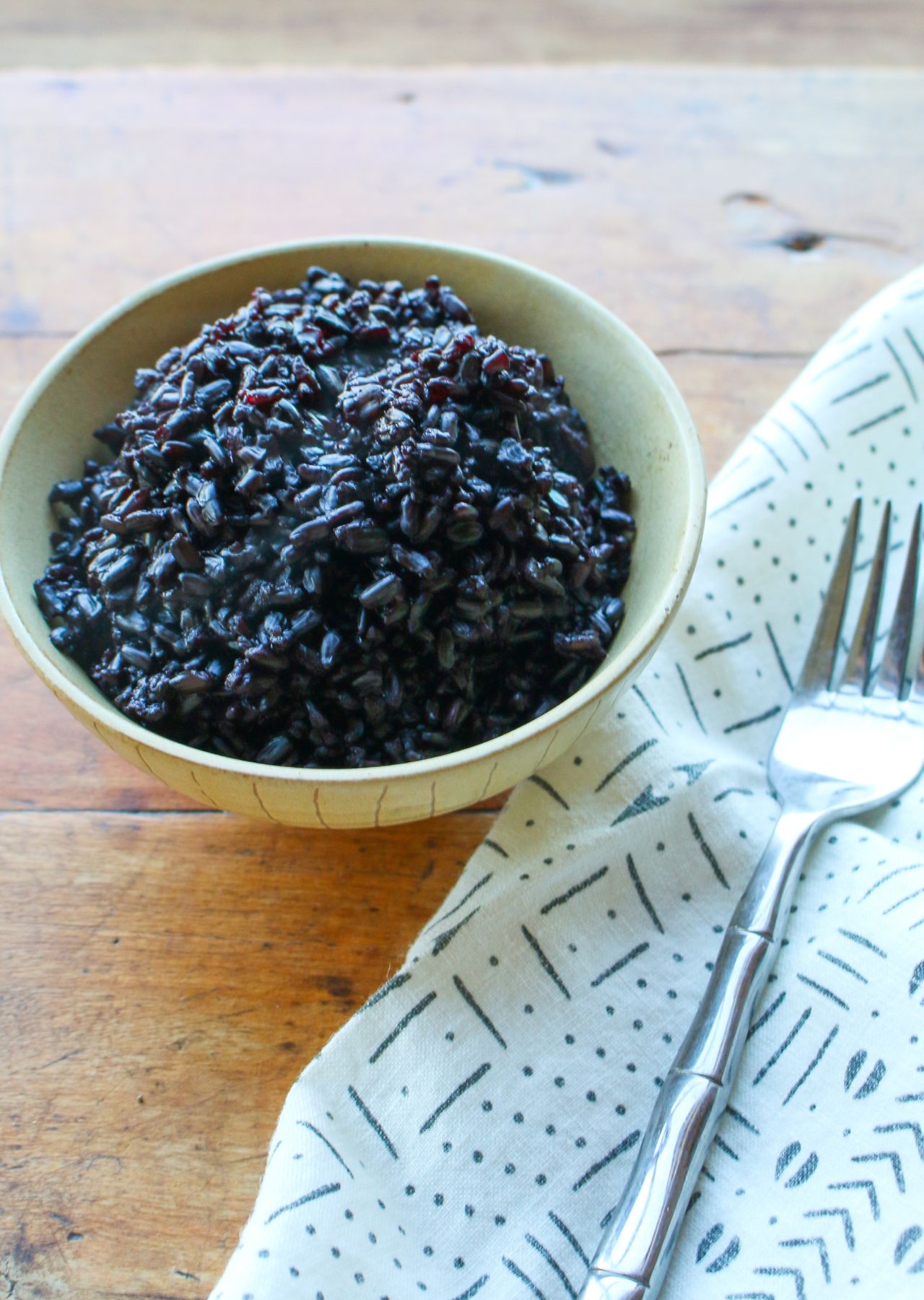
What is Whole Grain Brown Rice?
There are many varieties of rice—an estimated 40,000—and many types of rice are classified by size (long-, medium-, and short-grain). In addition, rice comes in many shades, such as red, purple, and black—all of which are considered whole grains. I was so fortunate to learn more about the cultivation of rice in both Mississippi and California rice farm tours.
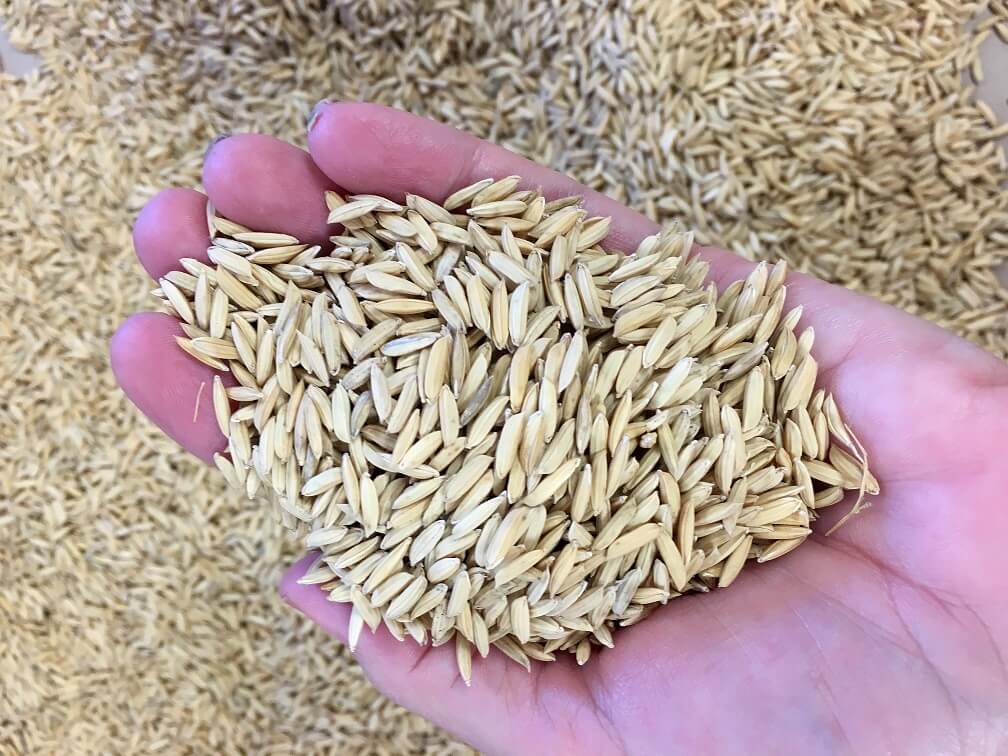
After the rice is harvested from the plant, the inedible hull is removed from the rice kernel and what remains is brown rice, which is considered a whole grain. If the rice is milled further and the bran and germ are removed, what remains is white refined rice.
Brown Rice Nutrition
What about brown rice vs white rice? Brown long-grain rice has four times the fiber of white long-grain rice, and it has a higher mineral, vitamin, and phytonutrient content, as well. Most of the phytonutrients in rice are concentrated in the outer bran covering; studies show that red, purple, and black rice have even higher levels of bioactive plant compounds than brown rice. A one-half cup cooked serving of brown rice provides protein (3 grams), fiber (2 grams), and more than 15 vitamins and minerals, including magnesium (11% DV), phosphorus (8% DV), niacin (8% DV), thiamin (6% DV), and manganese (44% DV) for 108 calories. Is brown rice gluten-free? Yes, it a gluten-free grain that you can safely include in your gluten-free diet.
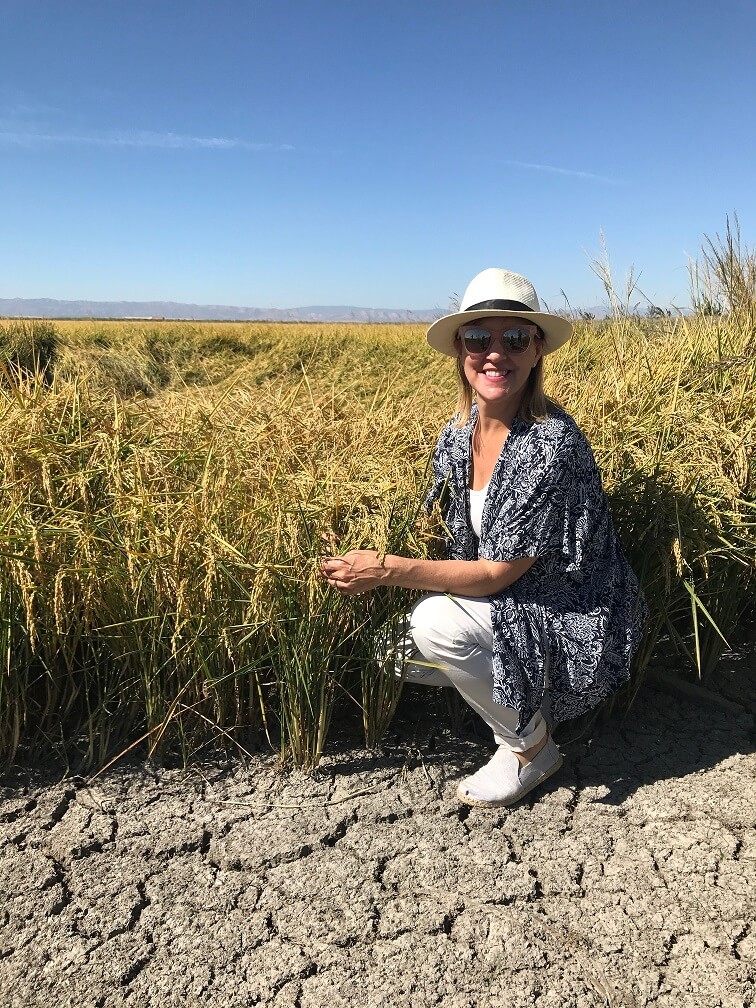
Studies have shown that whole grain rice intake may help cut diabetes risk, lower cholesterol levels, and help maintain a healthy weight. Interestingly, research also shows that people who eat rice (no matter brown or white) regularly have healthier diets overall. A study published in the Journal of the American Dietetic Association found that, compared to non-rice eaters, rice eaters have higher intakes of vegetables, fiber, iron and potassium, with lower intakes of total fat and saturated fat. Another analysis from the journal Nutrition Today reported similar findings, and also found that rice fans chose more fruits and legumes, consumed fewer added sugars, were more likely to be normal weight and less likely to be obese, and had a lower risk of high blood pressure and metabolic syndrome than non-rice eaters. Both studies identified rice eaters as those who consumed at least a quarter-cup of rice per day.
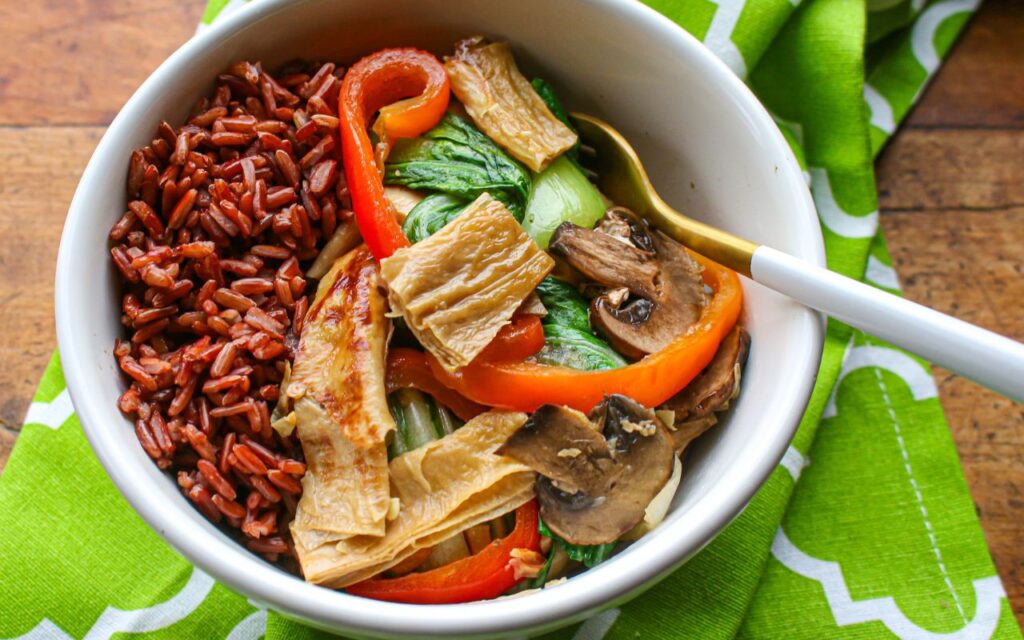
Rice in Healthy Diets
It makes perfect sense that rice is consumed frequently in healthy diet patterns. Rice is often considered a canvas on the plate, thus it is commonly paired with healthy proteins such as beans, peanuts, tofu and tempeh; healthy fats, and lots of vegetables. This style of eating is frequently observed in many healthy cultural diets, including Thai, Chinese, Japanese, Mexican, Indian, and Caribbean eating patterns. This inclusion of rice in healthy cuisines can easily be observed in global dishes such as vegetable stir-fry, beans and rice, and Indian curry dishes. So, forget today’s modern hype you’ll read on the Internet about how you should be avoiding grains, including rice. There’s no evidence to back up such claims. Instead, turn to brown rice in delicious, nutritious preparations.

5 Ways to Include Brown Rice + Brown Rice Recipes
Try these tips and recipes to include more healthy brown rice in your diet.

1. Eat it for Breakfast
Who says your whole grain porridge has to consist of oats? You can use precooked brown rice, with a bit of cinnamon, some soy milk, nuts, and seasonal fruits to get your day going right. Or get even more creative by swapping out oats in a savory breakfast bowl filled with spinach and mushrooms.

2. Line Your Power Bowl with Brown Rice
Brown rice is the perfect foundation for your next power bowl, such as my Pistachio Turmeric Rice Power Bowl featured above. Simply spoon cooked brown rice into your bowl, and top it with veggies, plant protein (tofu, beans, chickpeas, tempeh), nuts, and a flavorful dressing.
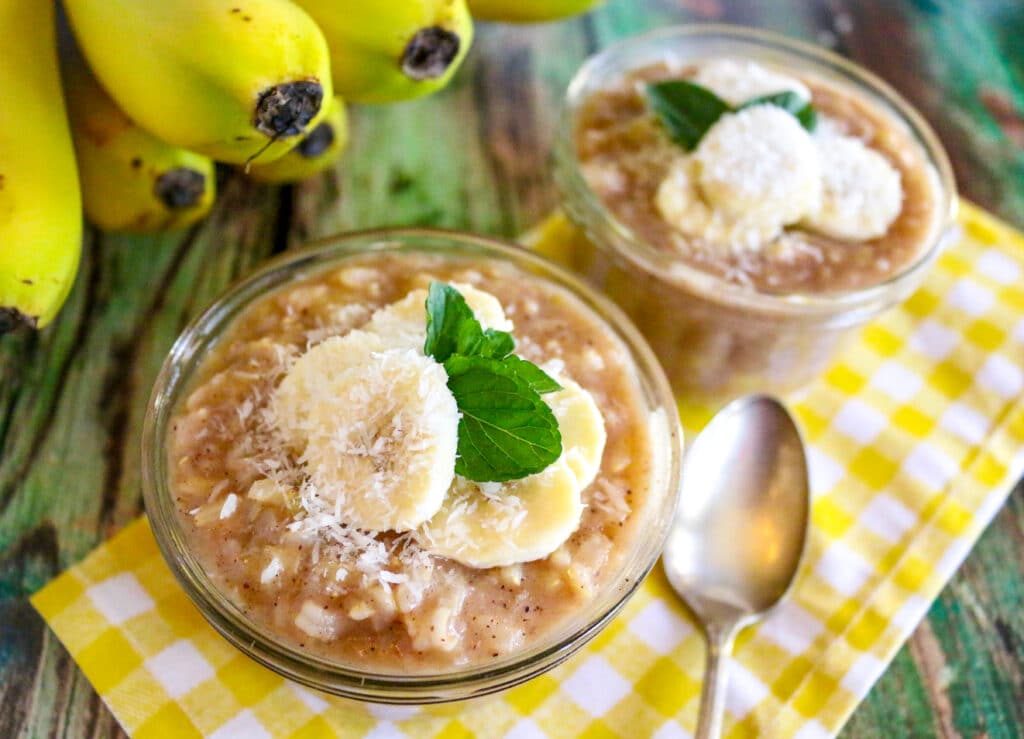
3. Whip it Up into a Dessert
Yes! Turn to the classic tradition of rice puddings as a healthy dessert, good and healthy enough to munch on for breakfast, like my Instant Pot Vegan Brown Rice Banana Pudding.
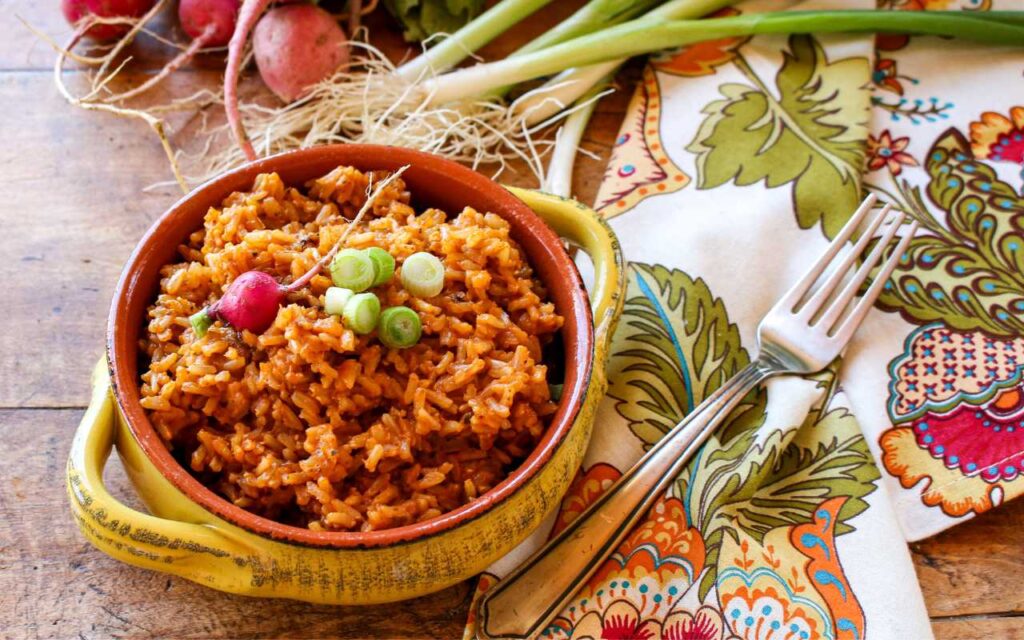
4. Spice it Up!
Don’t be afraid to spice up your rice to serve as a simple side-dish with lentil patties or stewed heirloom beans. Try this Spanish Rice, Cumin Brown Rice, and Chipotle Tomato Rice for easy ideas to accompany your next meal.

5. Save Your Rice Leftovers
Don’t throw away that leftover cooked rice! Use it in a variety of recipes, such as grain bowls, salads, veggie burgers, and soups. Or turn it into an easy vegetable fried rice: Sauté a chopped onion and garlic clove in a small amount of vegetable oil, add whatever chopped veggies you have on hand (i.e., peas, zucchini, bell peppers, asparagus), and sauté until crisp yet tender. Stir in leftover brown rice, soy sauce, and red chili flakes. Add cubed tofu to turn it into a meal.
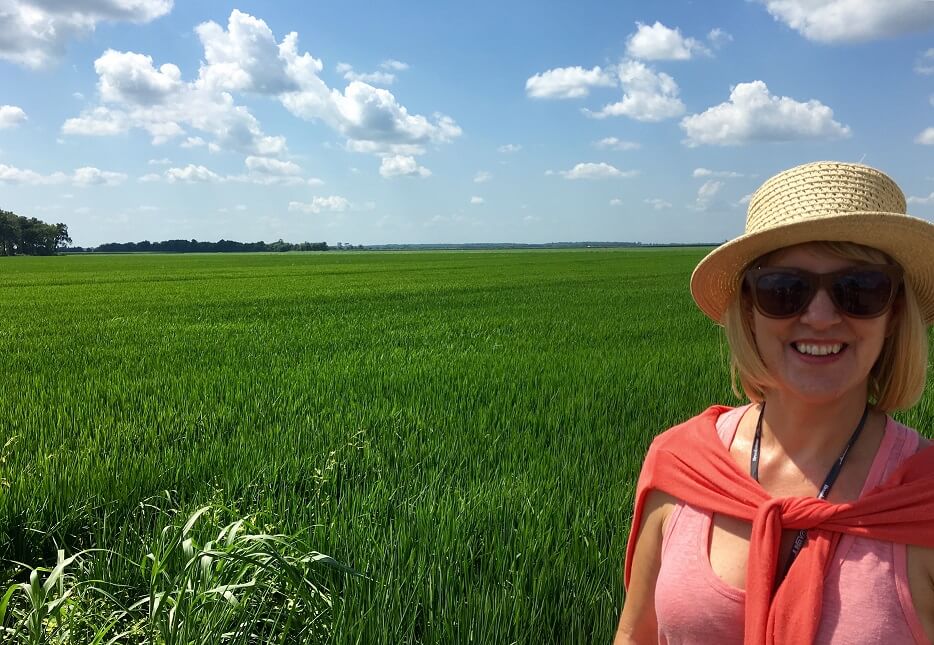
Learn how to make this delicious Turmeric Rice and Black Bean Bowl in this video here.
Check out these other brown recipes here:
Learn more tips for using plant foods in these guides:

